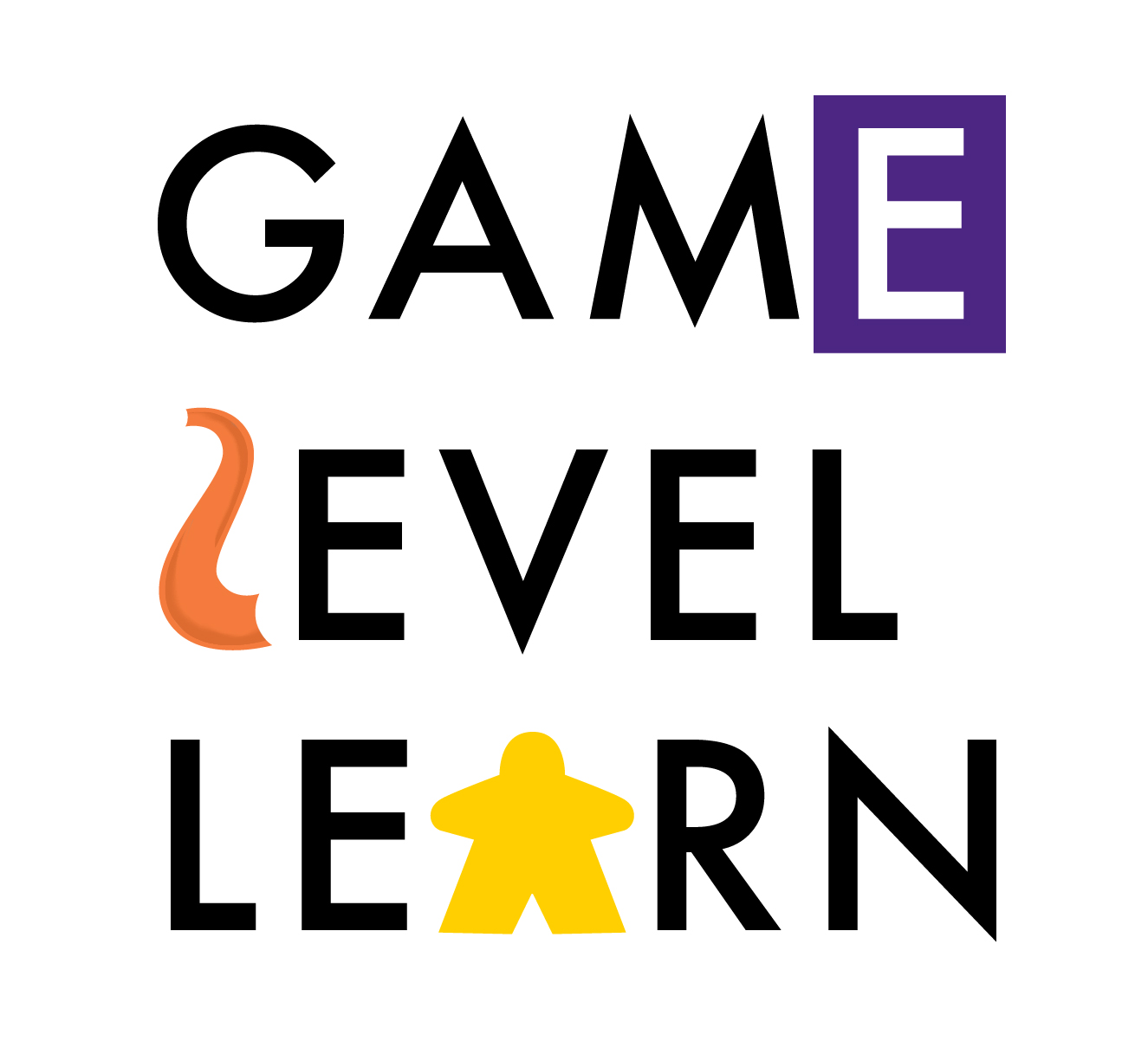51 Mechanics: Grid Movement
/BoardGameGeek (BGG) is a singular repository of gaming information, knowledge and wisdom that has been serving the modern board game hobby since 2000. I consult it regularly and have used its database to manage my own game collection. I also used it when I was writing my 2016 book on gamified instruction, particularly with regard to the game mechanics that BGG identified and organized content into. While there are more than 85,000 games, even now, there are just 51 mechanics. Since every mechanic offers something to the teacher who wants to use games in the classroom, I'm going to use this section of Game Level Learn and my own contributions to it to assess games from each of these 51 mechanics. Next up?
Forbidden Desert (BGG Rank: 261)
Forbidden Desert is one of those great maddening games that seem impossible to win at the start and then, once you've gotten a handle on it, becomes incredibly satisfying. Designed by Matt Leacock, the "Forbidden" game line (Island, Desert and the forthcoming Sky) are excellent examples of this mechanic because effectively managing movement is really the only way to succeed. Seeing the grid, therefore, is the difference between survival and disaster.
Formula D (BGG Rank: 426)
Any game about grid movement can be designed to be a race game, so why not cite one of the great examples of the racing genre right here. I can't deny that I love racing games. Even though they're not the most sophisticated genre, they're just so dang fun (and I've got dozens in my collection). Formula D is a pure and virtually perfect racing game. Get behind the wheel of a Formula 1 race car and use a variety of gear-aligned dice to move through a race track (generally based on actual race tracks). Defeat your rivals and get mastery of how to design a grid movement game.
Ghost Stories (BGG Rank: 187)
"Merciless and brutal." This is how I describe the indescribably fun Ghost Stories. Ridiculously difficult on even the "bunny hill" setting, in Ghost Stories you are trying to defend a Japanese town against Japanese ghosts. If you've seen "Ringu" or "Ju-on," you know that this is an assignment that ain't going to be a walk in the park. Like Forbidden Desert, managing movement is essential to success.
Santorini (BGG Rank: 68)
One of the most beautiful games on the market, Santorini is all about building structures. Movement determines the nature of the building each player is able to bring about. Meant for two players but expandable to four, the best part of Santorini is how it updates the structure building framework.
ZÈRTZ (BGG Rank: 471)
Part of Project GIPF, ZÈRTZ is a game where the players are each trying to capture a certain number of marbles from the board. Your strategy will lead you to focus on one of the three colors or on all of the colors collectively. The pieces move just like checkers do. The trick? Each time you make a move, you have to remove one cell in the game board. Over time, therefore, the changing board changes the nature of the moves and the relationship of the pieces to each other and the board itself. Crazy fun!
Cover image: https://boardgamegeek.com/image/966753/zertz


